Journal list menu
Export Citations
Download PDFs
Issue Information
Editorials
The role of quality improvement in radiography
- Pages: 214-216
- First Published: 02 July 2021
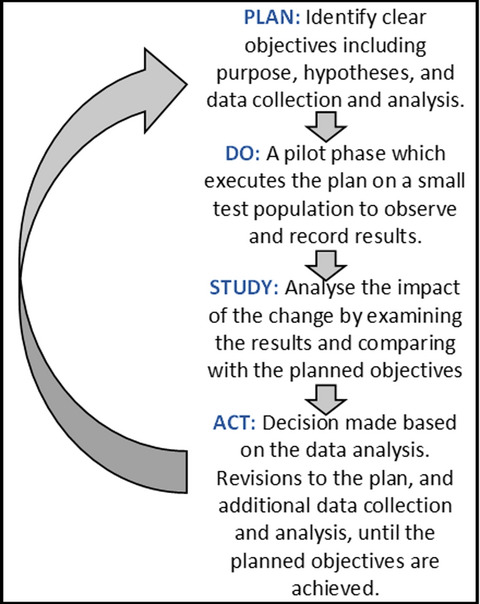
This editorial discusses the importance of quality improvement and quality assurance in the provision of medical imaging services, by exploring two studies which aim to improve the quality of practice in emergency departments (ED). The quality of work by ED radiographers are continually planned, measured, assessed, and improved to enhance patient care outcomes – from the accurate diagnosis of patients, maintaining the consistency of diagnostic images, and to minimising radiation exposure to patients.
Considerations when introducing MRI into a radiation therapy environment
- Pages: 217-219
- First Published: 25 August 2021
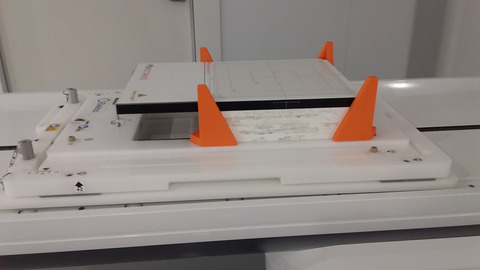
This issue of Journal of Medical Radiation Sciences includes two papers presenting different uses of magnetic resonance (MR) in radiation therapy (RT). With the advancement of MR-simulators and Magnetic resonance linear accelerators (MRL), in addition to the use of diagnostic MR becoming more common place in the radiotherapy setting, there are a number of challenges to be considered. In this article, we present the perspectives of radiation therapists and medical physicists involved in the commissioning of an MRL in our centre. Image shows in-house 3D printed supports mounted on the vendor-supplied QA platform. The supports locate an array so that it is centred in the radiation field.
Original Articles
Utility of absolute apparent diffusion coefficient and chemical-shift imaging versus CT attenuation for predicting malignancy from percutaneous bone biopsies
- Pages: 220-227
- First Published: 19 February 2021
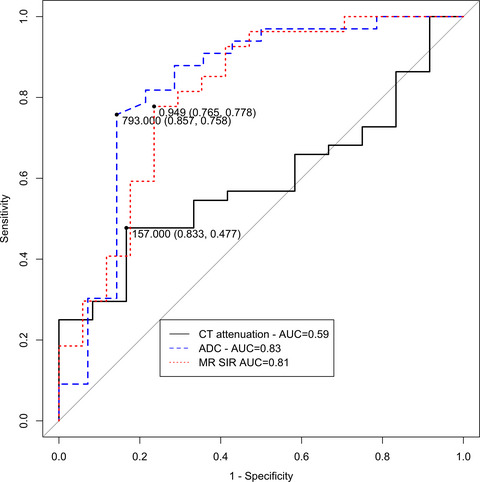
Diffusion-weighted imaging (DWI) and Chemical-shift imaging (CSI) from MRI are superior to CT attenuation for determining whether a bone lesion is malignant or benign. MRI may play a role in the evaluation of whether a bone lesion should be biopsied. Although CT attenuation may differ between benign and malignant sclerotic bone lesions, CT attenuation has limited ability to predict whether a bone lesion that is biopsied (suspicious for malignancy) is benign or malignant.
Pre-operative templating for total hip arthroplasty: How does radiographic technique and calibration marker placement affect image magnification?
- Pages: 228-236
- First Published: 15 February 2021
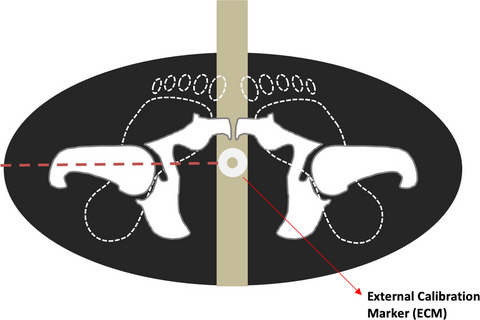
Digital preoperative templating for total hip arthroplasty (THA) relies on accurate radiographic positioning, and is dependent of the patient body habitus, radiographic parameters and imaging conditions selected by the performing radiographer. Based on the findings of this study, we believe that the use of a generalised magnification factor (MF) does not account for deviation of these factors, and hence can be inaccurate. The use of appropriately positioned external calibration markers (ECM) – placed medially between the patient’s internally rotated legs at the level of the greater trochanter, lowers the potential for magnification inaccuracies.
An analysis of radiographer preliminary image evaluation – A focus on common false negatives
- Pages: 237-244
- First Published: 22 March 2021
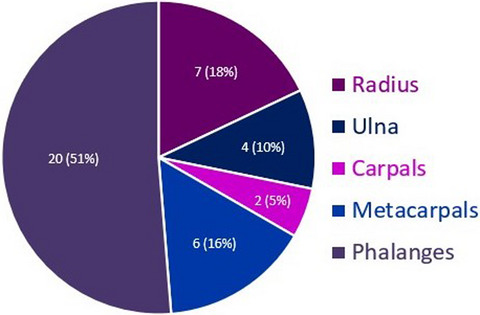
Preliminary image evaluation (PIE) is a mechanism, whereby radiographers provide a preliminary evaluation on whether pathology is present in the radiographs acquired, typically within the emergency department (ED). Over a two-year period, 100 PIEs from a metropolitan hospital ED were audited and categorised into the basic quality indicators true positive, true negative, false positive and false negative. 2402 cases were reviewed, with wrists, hands, phalanges (upper), ankles, feet and phalanges (lower) reporting the highest false-negative or true-positive/false-negative interpretations (60/116).
Digital radiography reject analysis of examinations with multiple rejects: an Australian emergency imaging department clinical audit
- Pages: 245-252
- First Published: 07 April 2021
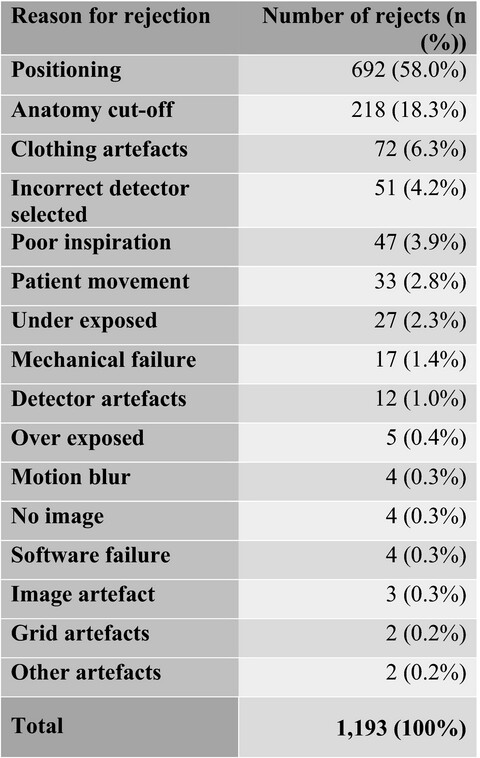
The purpose of this study was to analyse projection-specific reject rates and radiographic examinations with multiple rejects. Data from 11,596 images showed overall reject rate was 10.3% and the overall multiple reject rate was 1.3%. Projections that were frequently repeated in this study were horizontal beam knee and horizontal beam hip. The findings of this study demonstrated that projection-specific reject and multiple reject analysis in digital radiography is necessary in identifying areas for quality improvement which will reduce radiation exposure to patients.
An image quality review programme in a population-based mammography screening service
- Pages: 253-259
- First Published: 03 June 2021
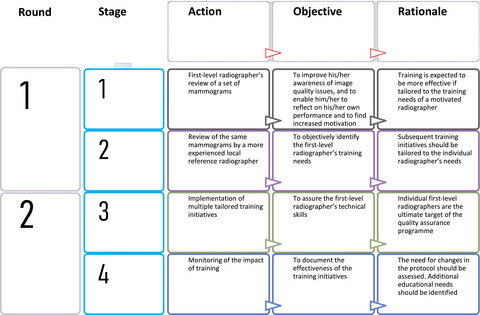
A regional multicentre image quality review programme for mammography was developed consisting of a process of review of a sample of mammograms with image quality classification, independently performed by all first-level radiographers and by more experienced local reference radiographers, followed by a training effort and a monitoring work. The programme places emphasis on motivating and training the radiographers and not on testing them. Its results demonstrate that a successful image quality review initiative for radiographers is one that encourages them to participate with a positive and confident attitude.
Radiographers’ perspectives on the emerging integration of artificial intelligence into diagnostic imaging: The Ghana study
- Pages: 260-268
- First Published: 14 February 2021
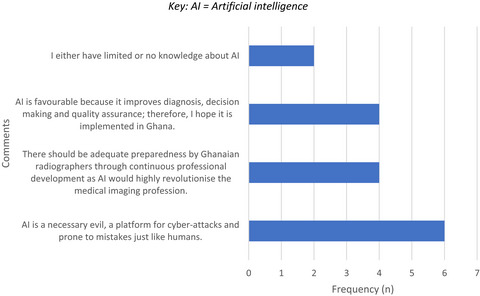
This study assessed the perspectives of radiographers on the integration of artificial intelligence (AI) into medical imaging (MI). The radiographers have a positive attitude towards the clinical application of AI in MI. However, some were concerned about AI-related errors, job displacement and reduction of basic salary, and many perceived that the lack of knowledge, high equipment costs and cyber threat could affect the implementation of AI in MI in Ghana.
Examining the utility of lower dose radiotherapy for localised primary ocular adnexal MALT lymphoma
- Pages: 269-273
- First Published: 06 March 2021
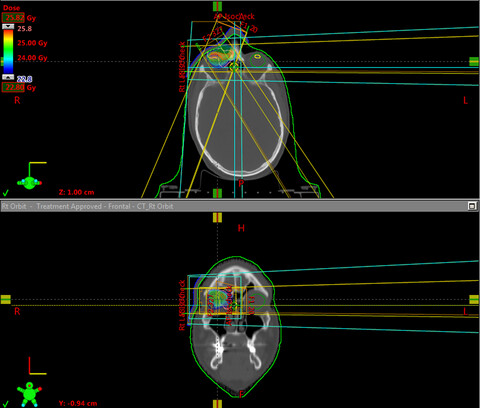
We aimed to examine our institution’s experience with the use of orbital RT for treating early-stage primary ocular adnexal MALT lymphoma (POAML).The use of lower dose orbital RT such as 20 Gy in 10 fractions (or radio biologically equivalent) yields excellent local disease control in the management of ocular adnexal MALT lymphoma.
Clinical impact of magnetic resonance imaging distortions on gamma knife radiosurgery
- Pages: 274-281
- First Published: 04 May 2021
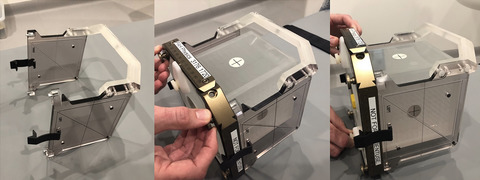
The aim of this study was to develop a model to visualise the effect of MRI distortion on Leksell Gamma Knife® (LGK) stereotactic radiosurgery target coverage using MR images of a QUASAR GRID QA phantom. The model was applied retrospectively to 10 brain metastases patient data sets treated with LGK. Results indicated that MRI distortion may have a greater effect on smaller targets located at the image periphery.
Visualising the urethra for prostate radiotherapy planning
- Pages: 282-288
- First Published: 24 May 2021

Whilst traditional diagnostic MRI sequences provide excellent delineation of the prostate, uncertainty often remains as to the true path of the urethra within the gland. This study aims to assess if a high resolution isotropic 3D T2 MRI series can reduce inter-observer variability in urethral delineation for radiotherapy planning.
Proximal seminal vesicle displacement and margins for prostate cancer radiotherapy
- Pages: 289-297
- First Published: 12 January 2021
Can reducing planning safety margins broaden the inclusion criteria for lung stereotactic ablative body radiotherapy?
- Pages: 298-309
- First Published: 02 May 2021
Review Article
Magnetic Resonance Imaging for the diagnosis and management of acute colonic diverticulitis: a review of current and future use
- Pages: 310-319
- First Published: 19 February 2021
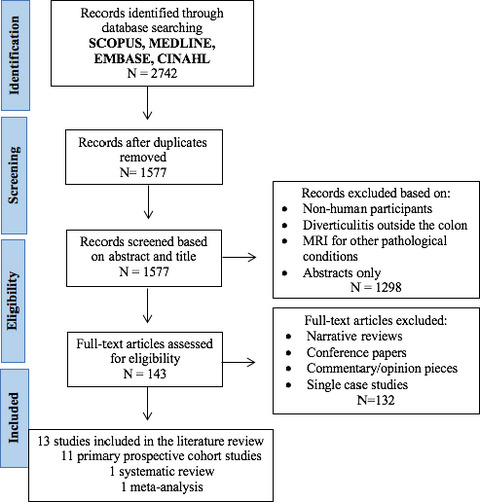
Diverticular disease is one of the most common causes of outpatient visits and hospitalisations. Cross-database searching has highlighted a large gap in the literature: an absence of publications providing efficacy data on Magnetic Resonance Imaging (MRI) as a non-ionising radiation alternative for ACD. This narrative review aims to explore available published data and provide an up-to-date evaluation of MRI as a tool for the diagnosis and ongoing management of ACD.
Commentary
Leksell Gamma Knife® – The first 1000 patients from the radiation therapist’s perspective
- Pages: 320-325
- First Published: 09 October 2020

This paper will outline our Gamma Knife service and provide insight into the expanded role that radiation therapists have within the multidisciplinary team required to deliver radiosurgery in a timely manner. The training program and radiation licensing pathway that have been established for radiation therapists will also be described.
Case Study
Radiation therapy in the adjuvant treatment of hyperkeratotic palmoplantar psoriasis: a case study
- Pages: 326-331
- First Published: 01 April 2021
Continuing Professional Development
Continuing Professional Development – Radiation Therapy
- Page: 333
- First Published: 12 June 2021




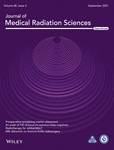
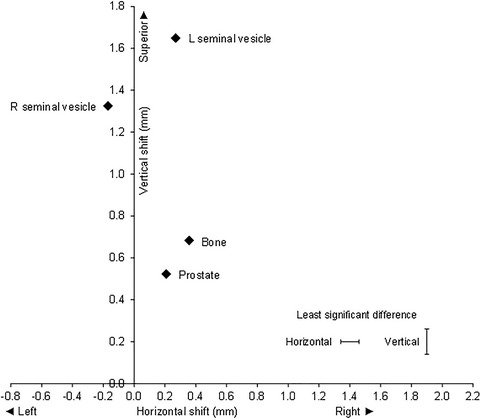
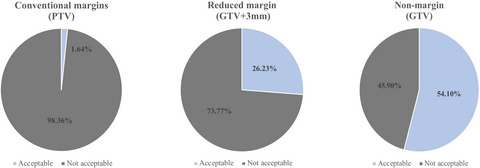
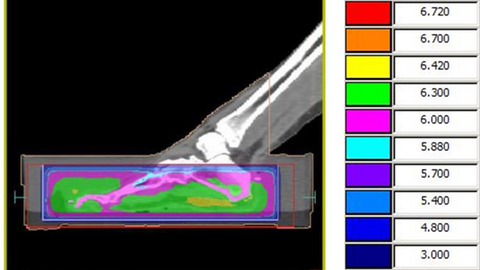

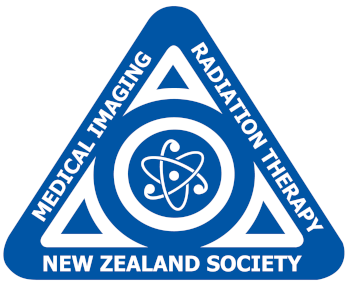


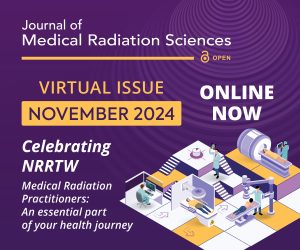
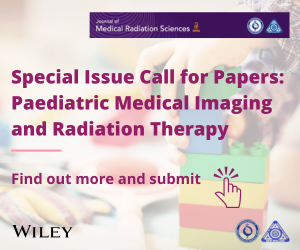
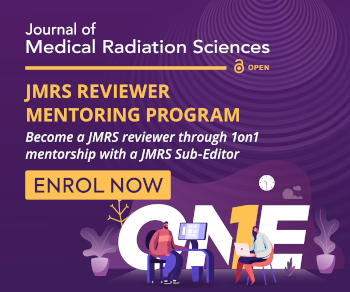
-1693813706.png)